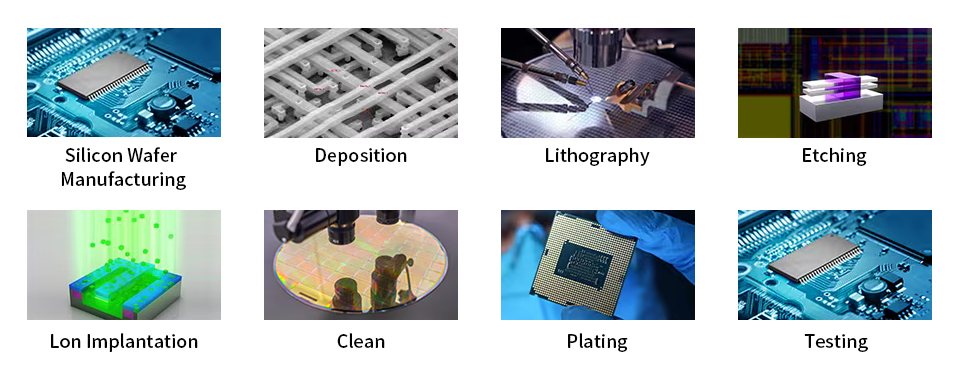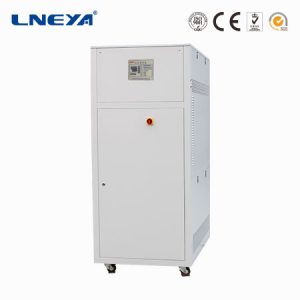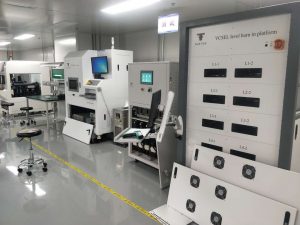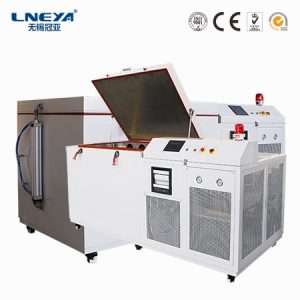Quel type de refroidisseur peut-on choisir pour refroidir la XRD ?
La communauté scientifique reconnaît depuis longtemps les avantages de la collecte de données de diffraction des rayons X à basse température pour les monocristaux. L'utilisation de la cryogénie a considérablement augmenté ces dernières années grâce à la disponibilité d'équipements et de publications efficaces et fiables.
Pendant son fonctionnement, le tube à rayons X génère une grande quantité de chaleur et doit être refroidi et protégé par un refroidisseur à circulation d'eau. Sans refroidisseur, le tube surchaufferait, ce qui entraînerait une multitude de problèmes, y compris, à terme, une défaillance du tube. Nécessitant généralement une faible charge thermique de 5 à 8 kW, les systèmes de refroidissement doivent assurer un contrôle précis de la température des détecteurs de rayons X afin de garantir une protection et une longévité maximales des tubes.
Le système de refroidissement de la série FL de LNEYA est respectueux de l'environnement et convient aux équipements de laboratoire avancés. C'est votre meilleur partenaire lorsque vous recherchez un équipement de laboratoire. Le refroidisseur RG et le diffractomètre à rayons X (XRD), le spectromètre de fluorescence à rayons X (XRFS), le microscope électronique à grande émission de champ, la machine à graver au plasma, l'équipement de revêtement sous vide, l'équipement de revêtement ionique, le four sous vide, le four industriel et d'autres équipements générant une chaleur élevée sont parfaitement adaptés à l'équipement industriel. En outre, la série RG peut également être utilisée comme refroidisseur central pour répondre aux besoins de plusieurs instruments en même temps.
Doté d'une boucle de refroidissement fermée, il permet une recherche et une production continues et ininterrompues à des températures comprises entre -25 et 40°C. Il convient aux applications où une élimination fiable et rapide de la chaleur de fonctionnement est nécessaire dans les processus de production chimique ou lorsque la chaleur de fonctionnement est éliminée des systèmes techniques dans des environnements difficiles et continuellement utilisés. Contrairement au refroidissement par l'eau du robinet, ce circulateur de refroidissement fournit une température constante quelle que soit la période de l'année et les fluctuations de pression. Un système d'eau de refroidissement indépendant remplace le système central d'alimentation en eau de refroidissement et évite les fuites de substances nocives pour l'environnement. L'économie d'eau protège également l'environnement et réduit considérablement les coûts d'exploitation. Les applications comprennent les évaporateurs rotatifs et les systèmes Soxhlet, les équipements analytiques tels que les microscopes électroniques, les unités de rayons X, les réfractomètres, les systèmes de distillation, les systèmes de contrôle des rayons X tels que dans les aéroports et les systèmes de semi-conducteurs, le contrôle des pièges de refroidissement tels que dans le séchage des gaz, et l'alimentation centrale en eau de refroidissement complète le laboratoire pour remplacer le refroidissement par l'eau du réseau.
Recommander le produit
chargement...
已经是到最后一篇内容了!
Applications

Recommandations connexes
-
Quel type de refroidisseur est nécessaire pour la gravure à basse température ?
950Le processus de gravure à basse température nécessite généralement un contrôle de la température extrêmement précis et une forte capacité de refroidissement pour maintenir un fonctionnement stable de l'équipement de gravure à des températures extrêmement basses, afin d'obtenir une gravure plus fine....
Voir les détails -
What are the factors that affect the price of industrial heating equipment in the industry?
913The price of heating and temperature control equipment is a part that many customers care about. The price is related to the brand, raw materials, and technology. At the same time, the technical parameter configuration of the product also has a gr...
Voir les détails -
Qu'est-ce que le VCSEL dans le test de déverminage de la puce ? Quel est l'effet de la température sur le VCSEL ?
1554Le nom complet du VCSEL est Vertical-cavity Surface-emitting Laser, le nom chinois est vertical cavity surface emitting laser. Il s'agit d'un type de laser à semi-conducteur. Les lasers à semi-conducteurs sont des lasers fabriqués à l'aide de la technologie de fabrication des semi-conducteurs...
Voir les détails -
Semiconductor refrigeration temperature control system accessories
1099In the evaporator, since the liquid evaporates in the evaporator of the semiconductor refrigeration temperature control system, the process from liquid to gas, due to the change of the load, some of the refrigerant may not be completely evaporated...
Voir les détails -
Low-temperature refrigerator manufacturers’ energy adjustment instructions
899The energy regulation of low-temperature refrigerator manufacturers' equipment during operation is also very important. In order to adapt to the change of energy load, Wuxi Guanya (LNEYA) low-temperature refrigerator manufacturers should pay atten...
Voir les détails
 LNEYA Industrial Chillers Fabricant Fournisseur
LNEYA Industrial Chillers Fabricant Fournisseur














